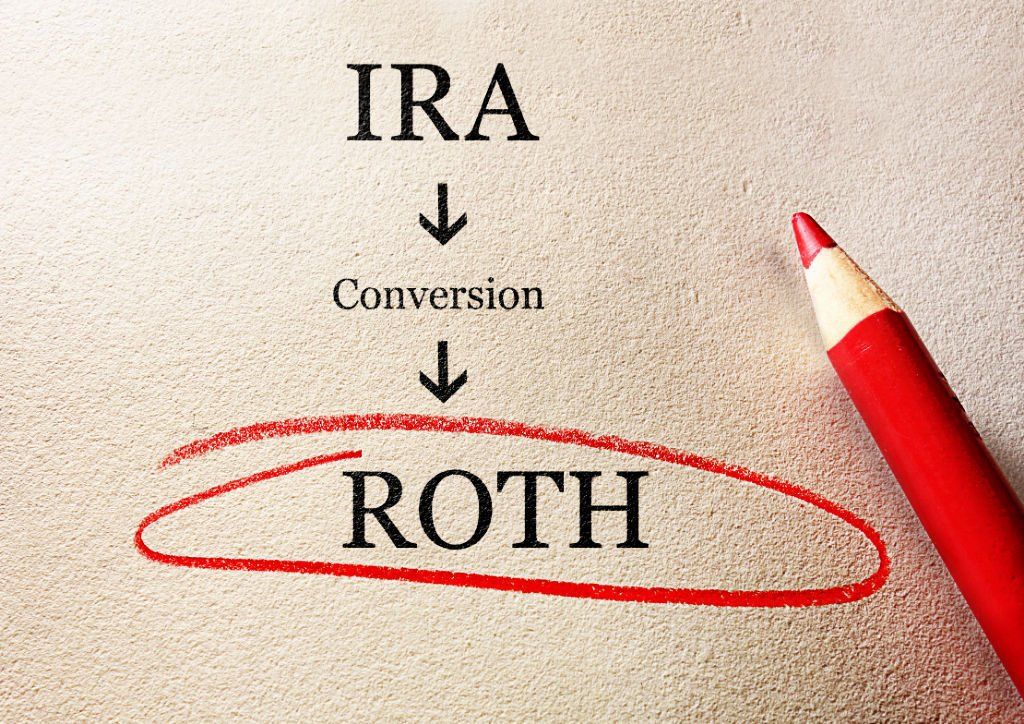See a Sample One-Page Financial Plan
The single biggest retirement mistake people make is failing to plan. A successful retirement involves much more than saving enough money. It involves a strategy to get the most out of retirement--to achieve your goals, and perhaps expand those goals over time to maximize your retirement experience.
A good financial adviser can help you build a plan to answer important questions like.
- Do I have enough money to retire and remain comfortably retired for life?
- When is the best time for me to retire?
- When should I claim my Social Security benefits?
- Which Social Security claiming strategy is best for me?
- When should I enroll in Medicare and which plan type is best for me?
- How can I maximize my pension?
- How do I invest, now that I am in retirement?
- How should I withdraw money from my investments in
retirement?
Planning can address other pertinent questions that can arise, such as:
- Can I make a deductible IRA contribution?
- Will I be enrolled automatically in Medicare?
- How can I avoid Medicare enrollment penalties?
- Should I rollover my dormant 401(k)?
- Will I have to change healthcare coverage as I transition into retirement?
- Am I eligible for Social Security benefits as a divorced individual?
- Am I eligible for Social Security benefits as a surviving spouse?
- Am I eligible for Social Security benefits as a spouse?
- Will my Social Security benefit be reduced?
- Can I do a Qualified Charitable Distribution from my IRA?
- Should I inherit my deceased spouse's IRA?
- Can I delay the RMD from the traditional IRA I inherited?
- Can I avoid taking my RMD after turning age 70.5?
- Will a distribution from my Roth IRA be tax and penalty free?
- Will a distribution from my traditional IRA be penalty free?
- Will my Roth IRA conversion be penalty free?
- Can I make a backdoor Roth IRA contribution?
- Can I contribute to my Roth IRA?
When I started my financial planning career in 2003, I used to do these elaborate financial plans full of charts, graphs and tables. But I noticed that I was the only one reading them.
I learned that clients weren’t interested in every little detail. The value of a financial plan is not in how much the report weighs, the number of pages in it, or how pretty it is. It is how effectively and efficiently it helps clients achieve their goals.
Clients wanted to simplify all the calculations and simulations into a checklist of things we needed to work on together. Don’t get me wrong: the plan needs to be thorough, but the most urgent and/or important actions from the plan can usually fit on one page (with the detail material available as backup).
The first thing I do is understand my clients’ goals and their current situation. I ask the client to bring the following information to our first meeting.
- Company Plan Statements (i.e., 401k, 403b, 457, etc.)
- All Other Investment Account Statements
- Life Insurance and Long-Term Care Insurance Statements
- Recent Tax Returns – all pages for 2 years
- Estate Documents (i.e., Will, Trust Abstract)
- Social Security Statements
Next, I will then take a couple of weeks to analyze their information. This analysis will most always include doing a net worth statement, insurance analysis, estate planning analysis, tax reduction analysis, retirement income roadmap, retirement income guardrails, cash flow strategy, investment glide path allocation, and investment holdings analysis.
I will then summarize my advice in plain English on a one-page plan, which is a checklist of the most impactful actions in the following four areas:
- Retirement Income
- Risk Management
- Tax Planning for Senior Citizens
- Investment Portfolio
Retirement income planning analyzes several factors to maximize income from pensions, social security, and investment portfolios. This also addresses how best to bridge income gaps, such as when people retire prior to taking Social Security or a pension.
Tax planning strategies such as asset location, tax-efficient distribution strategies, and gain/loss harvesting can save the client thousands in unnecessary taxes.
Risk management strategies can protect a client's hard-earned wealth from a host of risks such as longevity, sickness, inflation, market, interest rate, reinvestment, etc.
Investment portfolio management strategies align your investments with your goals. For retirees, the objective will be to navigate the "retirement danger zone", reduce stock market exposure without sacrificing return, and use fixed income to lower risk and increase income.
Click here for a sample plan for a fictional couple.
Implementing a plan like this can immediately improve a client’s finances and mindset. It can also create confidence and momentum to accomplish greater goals in the future. I’ve seen it many times. (Notice I said, “implementing”. The greatest plan in the world is worthless unless it is implemented.)
With a personalized plan in place that is based on a thorough analysis of every piece of the client’s finances, we can now optimize their investments in service to the plan, which is in service to their goals. To quote Nick Murray, “A portfolio not in service to a plan isn’t an investment at all; it’s an unmoored and rudderless speculation.”
The plan will also need to be adjusted from time to time. Planning is not an event; it is a process. Life is not static; it is dynamic. Stuff happens in our lives, in the economy, and in the tax laws. When it does, the plan may need to be adjusted to make sure clients are staying on track to meet their goals. Likewise, the investment portfolio will need to be adjusted for various changes over time. Regular rebalancing ensures the portfolio remains optimized based on changing interest rates, market values, and market valuations.
I hope this gives you a better idea of the value of goal-focused financial planning.


Travis Echols , CRPC®, CSA
Receive free Social Security Guide by email




Investment Advisory Services offered through JT Stratford, LLC. JT Stratford, LLC and Echols Financial Services, LLC are separate entities.











